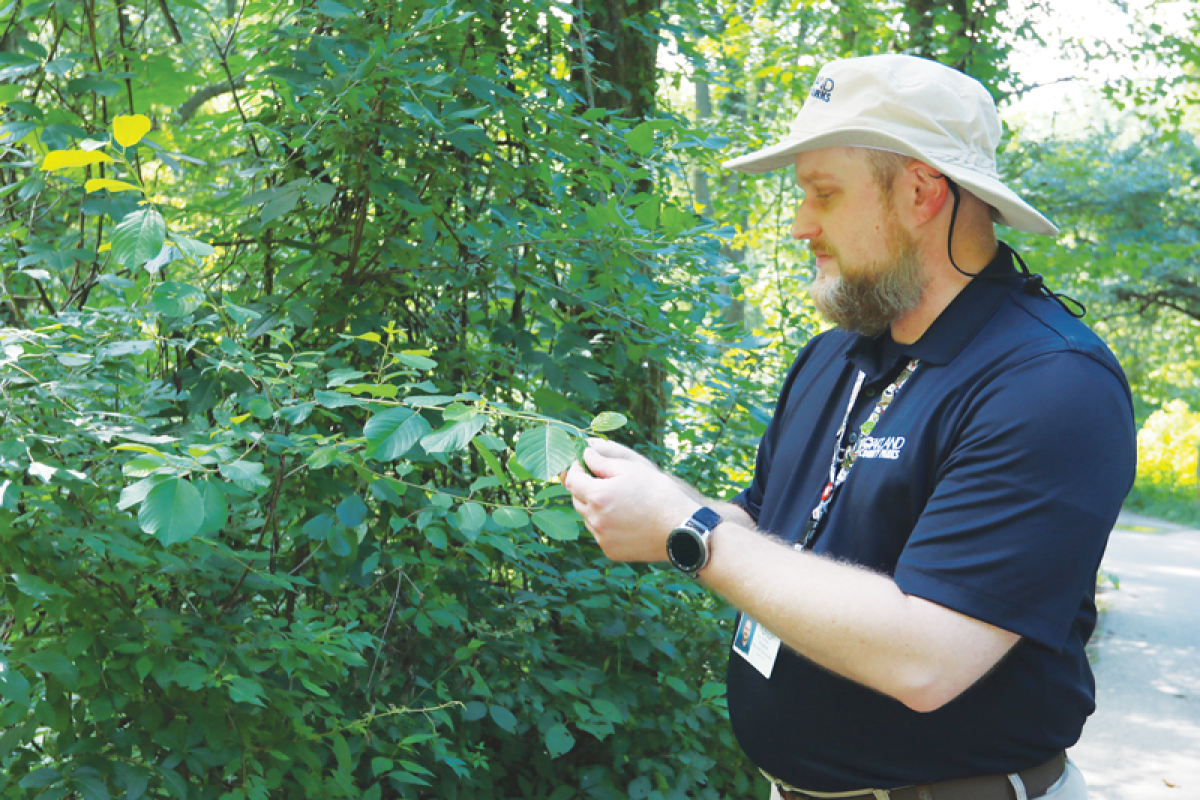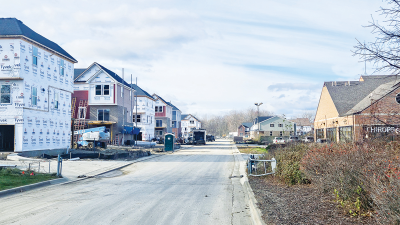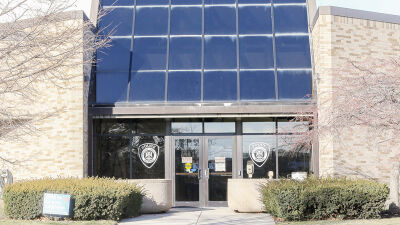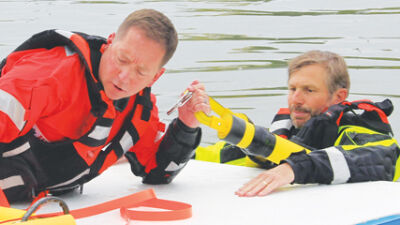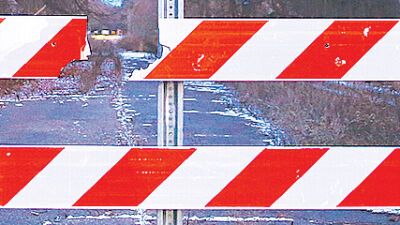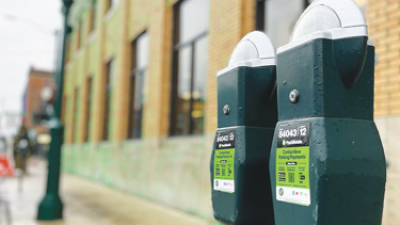MADISON HEIGHTS — When people think of parks, they might think of pastimes like running, playing ball or walking dogs. If properly maintained, however, parks can also support ecosystems by providing a wildlife habitat with clean air and water.
In Oakland County, parks staff take an eco-minded approach to more than 20 green spaces, including the Red Oaks Nature Preserve at 30300 Hales St. in Madison Heights, home to Suarez Friendship Woods and the Red Oaks Nature Center.
In February, staff diligently set about removing non-native invasive species, concluding the bulk of their work in March. But officials say that efforts to restore the northern section will continue in perpetuity.
According to Benjamin Prowse, the naturalist with the Red Oaks Nature Center, it’s also work that will prevent the spread of invasive species to other locations around the region.
“I try to share my perspective with visitors that this was a glaring problem where the birds that came through our parks were taking the seeds (of invasive plants) and spreading them far beyond our parks,” Prowse said. “It’s not just Oakland County that’s spending money to fight invasive species, but also road crews and others across the state. So we’re trying to not be the source of the spread.”
The planning for the project goes back to 2019, when the staff assessed 38 acres there and the natural populations they support, which included a look at on-site birding data. This year was the start of non-native shrub removal and the chipping of brush related to that work. Currently, the staff is surveying for invasive plant regrowth, native species regeneration, and whether there is a need for additional native seeding. All of this is critical for the continued health of the nature preserve.
“Our goal in restoration work is high-quality functioning ecosystems that support diverse and robust plant and animal populations,” said Sarah Cook-Maylen, the county’s chief of natural resources, in an email.
Among the non-native invasive species threatening the nature preserve have been such plants as autumn olive — a deciduous shrub that can grow to 20 feet high, shading out native plants and degrading soil quality — and common buckthorn, a deciduous small tree or shrub that crowds out native shrubs and understory plants and serves as a host for the alfalfa mosaic virus, crown fungus and the soybean aphid. Both plants spread quickly through seeds scattered by birds.
The process of culling those invasive species involves a combination of hand trimming and shrub pulling, herbicide application, forestry mowing and maintenance mowing. In other parks, it can also involve prescribed burning, although that hasn’t been necessary at Red Oaks.
At first, removing plants can make previously dense spaces look sparse, but officials say this is best for the health of the environment.
“The invasive shrubs had been growing back there for quite some time, so for anyone who visited the park frequently, they were familiar with seeing them and thought they were just natural,” Prowse said. “So truly, the reduction was stark for them, since it was all they knew. They didn’t know they were invasive shrubs. Once they learn, they begin to understand this is for the best, and that over time we will have more beneficial native shrubbery and plants that birds will enjoy more.”
One top priority has been supporting the resident and migratory birds who rely on the woods. The Red Oaks Nature Center is a popular destination for those interested in birding.
Not only do invasive plants harm native ones by outcompeting them for food, space and light, they also reduce the availability of quality food and shelter for birds and other wildlife, resulting in less diversity and lower population numbers.
“One of the bigger concerns our birders had during this project was the effect on warblers — one of the groups of birds they get most excited about,” Prowse said. “Warblers are here for insects, and birders might think that with some shrubs removed, it will be terrible for birding. But this was still one of the best birding years I can remember in all my years here. I don’t think the impact was as stark as a lot of people thought it would be.”
Prowse noted that between May 2 and June 4, nearly 130 species were reported in or above the park, including 33 species of warbler. He added that the Red Oaks Nature Preserve is one of the top birding hot spots in Oakland County, with more than 170 species observed in all. This is a level of variety normally seen in parks spanning 1,000 acres or more — an impressive feat for only 38 acres.
He said that keeping such a complex ecosystem in good shape takes a great deal of effort and a fair bit of foresight.
“There’s a lot of thought put into this — even a native plant can become invasive if it’s too successful and left unchecked,” Prowse said. “So we think a lot about what we put back there, so that it won’t become a problem in the future.”
 Publication select ▼
Publication select ▼